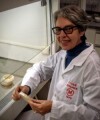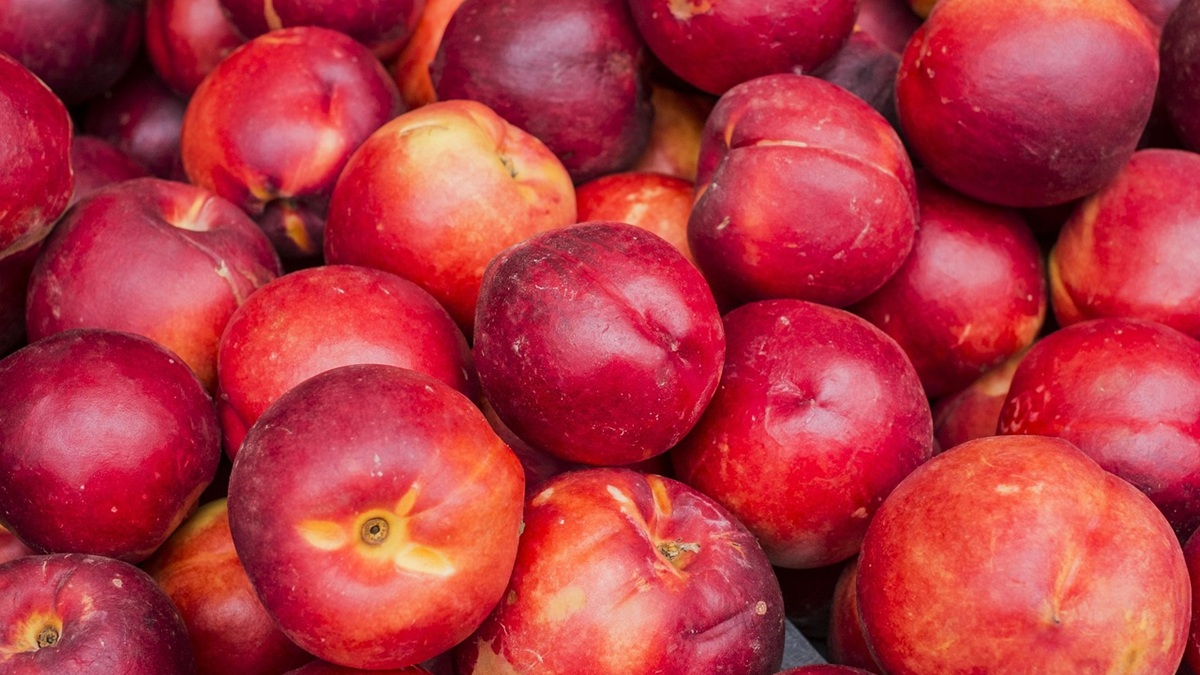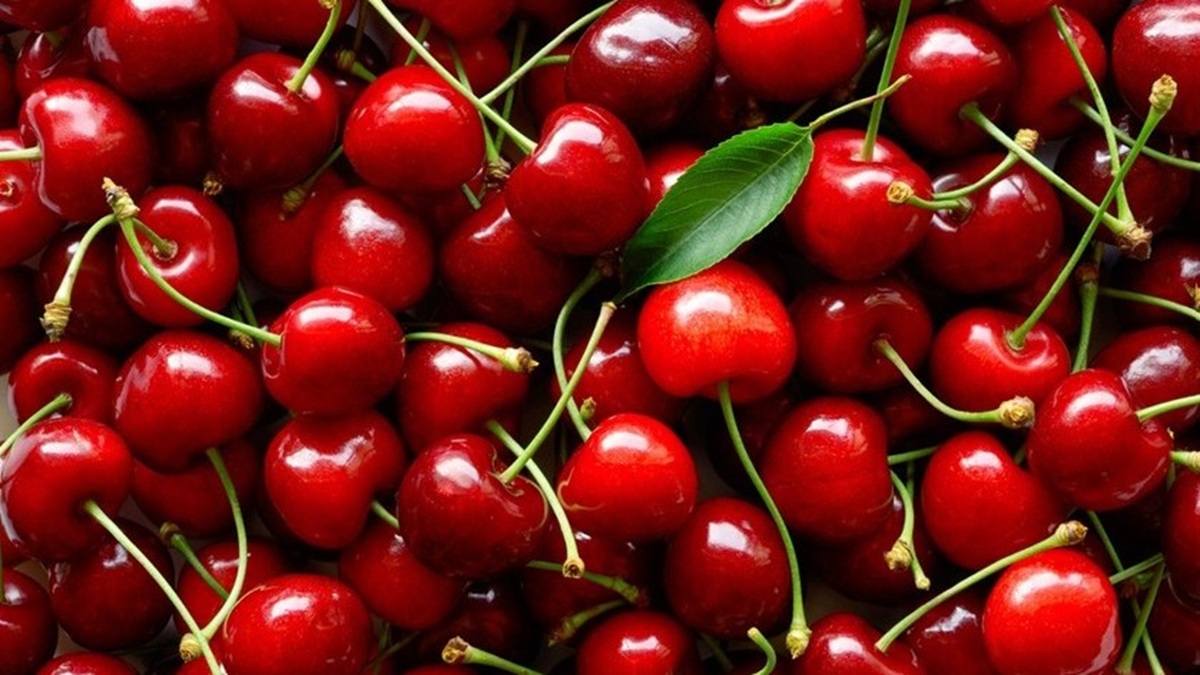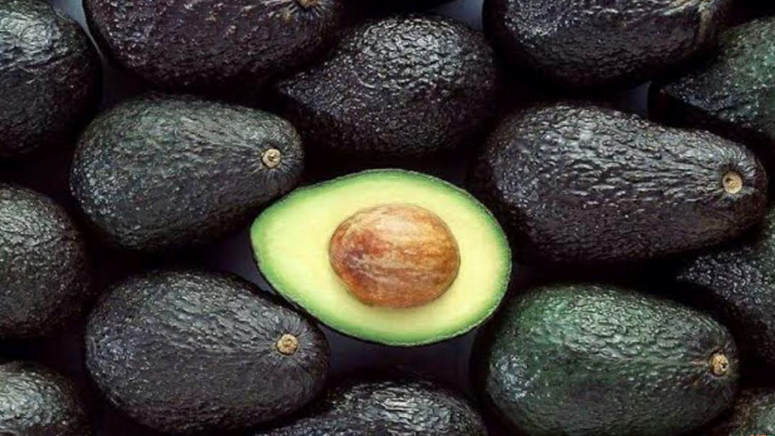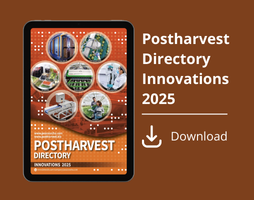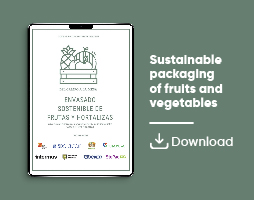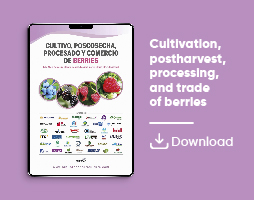Actualidad
Non-Thermal Technologies for Controlling Fungal Contamination and Mycotoxins
How to improve postharvest food safety: the essential role of non-thermal technologies in combating fungal contamination and mycotoxins
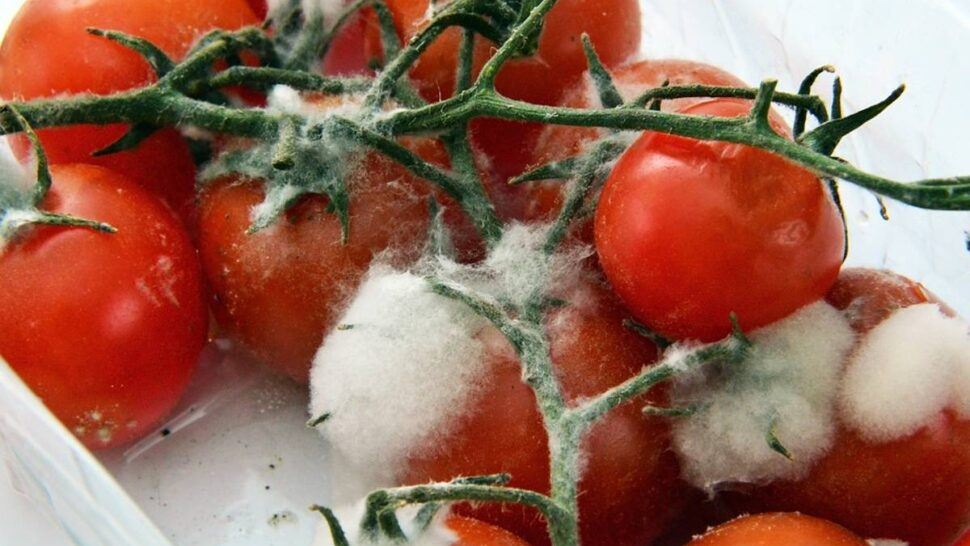
Food contamination by fungi is a global issue with significant economic impact worldwide.
Airborne fungal spores can easily infect, colonize, and spoil plants and food.
Fungi are estimated to be responsible for the loss of over 20% of agricultural products due to the diseases they cause, including in postharvest fruits and vegetables.
Moreover, many fungal species produce mycotoxins.
Mycotoxins
Mycotoxins are secondary metabolites primarily synthesized by the genera Aspergillus, Penicillium, Fusarium, and Alternaria.
Over 500 mycotoxins have been reported, with aflatoxins, ochratoxin A, fumonisins, trichothecenes, and zearalenone being the most significant due to their impact on public health.
They form a chemically heterogeneous group, classified by their harmful effects on human and animal health, including permanent damage. Some are potentially mutagenic, teratogenic, carcinogenic, cytotoxic, neurotoxic, nephrotoxic, and immunosuppressive.
The European Food Safety Authority (EFSA) regularly publishes reports on food safety issues, including those related to mycotoxins (www.efsa.europa.eu).
Occurrence Frequency
The European Union’s Rapid Alert System for Food and Feed (RASFF) reported that in 2023, mycotoxins were the third most frequently reported hazard category. Most of these cases involved the detection of aflatoxins, with nuts and their derivatives being the most commonly contaminated products.
Spread and Decontamination
Mycotoxins can spread in high-moisture vegetables and fruits from the mold-affected part to the rest of the food.
Mycotoxins are highly resistant and chemically stable compounds, capable of withstanding various food processing methods, including high temperatures, freezing, and chemical treatments.
Conventional decontamination techniques, such as washing, milling, or heating, generally fail to eliminate them completely, and some methods may even generate more toxic byproducts.
As a result, controlling the presence of mycotoxins in food requires regular monitoring, antifungal use, and strict hygiene in storage conditions to prevent mycelial growth and spore survival.
Thermal Processing Technologies
As an alternative to antimicrobials, thermal processing technologies are well-established and relatively cost-effective, particularly for large-scale production.
Many types of food, from liquids to solids, can be treated using these methods. However, the main drawback is that processing conditions can lead to nutrient loss, degradation of bioactive compounds, and sensory changes. It may also cause dehydration, browning reactions (Maillard reaction) due to hydroxymethylfurfural and furfural formation, and even acrylamide, which has toxic effects.
Non-Thermal Technologies
For this reason, innovative non-thermal technologies have gained increasing importance in recent years, as they avoid the detrimental effects of heat processing.
They also offer low energy consumption, adaptability, wider product applicability, and improved control of filamentous fungi, spores, and mycotoxins compared to thermal technologies—ensuring food safety and higher product quality.
A recent study aimed to explore new non-thermal technologies, including high pressure, ozone, UV treatment, blue light, pulsed electric fields, cold plasma, electron beams, pulsed light, ultrasound, and nanomaterials—methods that are becoming increasingly popular in food processing.
Additionally, these treatments are more environmentally friendly and efficient than conventional methods, potentially helping the food industry reduce its environmental footprint.
Benefits and Barriers of Non-Thermal Technologies
Non-thermal technologies offer several benefits, such as increasing the bioavailability of micronutrients and phytochemicals with nutraceutical applications. They also help preserve flavor and sensory quality in fermented products.
However, some practical barriers include higher initial investment costs and the need for regulations to ensure the safety of applied methods.
Examples of Non-Thermal Technologies in Controlling Fungal Contamination and Mycotoxins
High-Pressure Processing (HPP)
This involves immersing a product in water and exposing it to 100–800 MPa* in a pressure-resistant package for a few minutes until decompression.
There are two HPP techniques: batch (for solid or particulate products) and semi-continuous (for liquids).
Although considered non-thermal, pressure can cause adiabatic heating (2–3 °C/100 MPa for water-based foods, up to 9 °C/100 MPa for oil-based).
HPP is commonly used to extend shelf life by inactivating spoilage and pathogenic microorganisms.
Ozone Treatment (O₃)
Ozone treatment is considered safe, as ozone breaks down into oxygen and a highly oxidative free radical (O•), which disrupts biological structures without leaving harmful residues.
Functional groups of mycotoxin molecules interact with oxidants, potentially forming less toxic products.
Ultraviolet (UV) Radiation Treatment
UV radiation, shorter in wavelength than visible violet light, is categorized into UVA (320–400 nm), UVB (280–320 nm), and UVC (200–280 nm).
UV radiation modifies microbial DNA, proteins, or lipids, leading to death or growth inhibition.
UV can also degrade mycotoxins by photo-triggering less toxic compounds.
Blue Light Treatment
Among visible light wavelengths, blue light (400–470 nm) shows strong antimicrobial effects.
An LED-based system can provide a non-thermal, eco-friendly disinfection method.
Fungi absorb blue light through receptors like flavins, retinal, or tetrapyrroles, producing reactive oxygen species (ROS) that disrupt cell membranes, damage DNA, and lead to mitochondrial membrane collapse.
Blue light also controls mycotoxins by inhibiting gene expression involved in biosynthesis, e.g., reducing ochratoxin production in Penicillium species and aflatoxin genes in Aspergillus flavus and A. parasiticus.
Pulsed Light
Also known as pulsed UV or high-intensity broad-spectrum light, this method emits intense, short light bursts that inactivate pathogens within milliseconds.
It uses electrical pulses to excite inert gases (e.g., xenon), producing light flashes that disrupt microbial DNA and cell structures.
Pulsed light also degrades mycotoxins.
Pulsed Electric Fields (PEF)
This method uses electric pulses (micro- to milliseconds) with field strengths between 10–80 kV/cm.
Placed between two electrodes, the electric field causes electroporation—irreversible membrane damage that leads to cell death.
PEF degrades aflatoxins through hydrolysis of ester bonds and/or oxidation.
Cold Atmospheric Plasma
Plasma contains a mix of excited atomic/molecular species, electrons, radicals, and UV photons with strong oxidative potential.
It produces reactive oxygen and nitrogen species (RONS), including ozone, hydrogen peroxide, singlet oxygen, and nitric oxide, among others.
These species disrupt fungal cell walls and membranes, releasing cytoplasmic content and causing DNA damage or apoptosis.
Mycotoxin degradation occurs through chemical reactions with these reactive species and UV-induced molecular cleavage.
Electron Beam Treatment
Electrons are generated in a vacuum and accelerated through a linear accelerator using positive and negative cavities.
These high-energy electrons break molecular bonds, ionize water to produce radicals, and damage microbial DNA and metabolic pathways, resulting in cell death.
Ultrasound (US) Treatment
US consists of sound waves above 20 kHz. High-intensity ultrasound produces cavitation bubbles that collapse, releasing energy and generating radicals that damage microbial cells.
Foods with high water content, such as fruits and vegetables, benefit most. Water breaks into hydroxyl, hydrogen, and peroxide radicals that degrade mycotoxins.
Metal Nanoparticles and Metal Oxide Nanostructures
Nanomaterials include metallic nanoparticles (1–100 nm) made from organic or inorganic substances.
Silver, zinc, palladium, copper, iron, selenium, and nickel nanoparticles are effective antifungals, disrupting hyphae/spores and inhibiting fungal growth.
Silver nanoparticles are the most used due to their ability to disrupt membranes and biological functions, including gene expression related to mycotoxin biosynthesis, ATP production, protein synthesis, nutrient transport, and causing apoptosis.
These studies advance our understanding of innovative techniques and their applications in various postharvest products.
* MPa – Megapascal – a pressure unit in the International System of Units equivalent to 1 million pascals (10⁶ Pa).
Sources
Hernández, J. B. M.; de Tovar, C. D. G.; Ospina, L. N. J. D.; Rinaldi, M.; López, C. C.; Bueso, G. A.C. (2025).
Enhancing postharvest food safety: the essential role of non-thermal Technologies in combating fungal contamination and mycotoxins.
Front. Microbiol. Sec. Food Microbiology, 16.
Images
-
https://www.tribunapr.com.br/saude-e-bem-estar/o-que-acontece-se-comer-comida-mofada-saiba-se-tem-problema-tirar-so-a-parte-feia-do-alimento-mofado/ (Accessed June 11, 2025)
-
https://www.ufrgs.br/aulaspraticasdemip/?page_id=162 (Accessed June 11, 2025)


